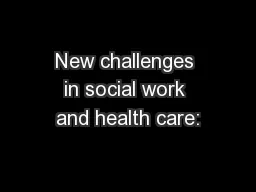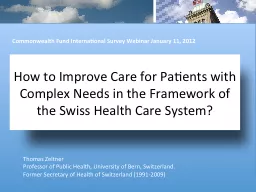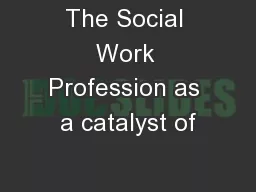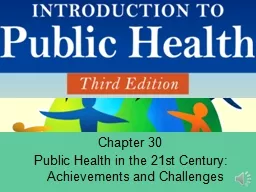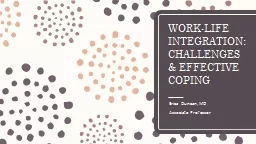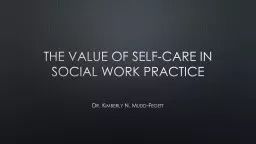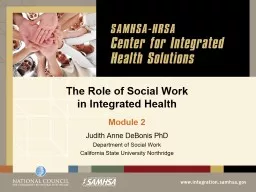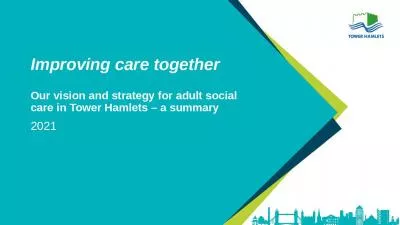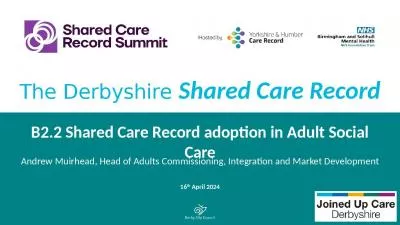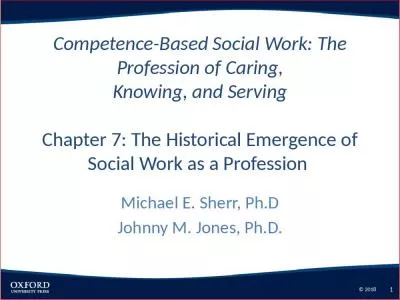PPT-New challenges in social work and health care:
Author : eurolsin | Published Date : 2020-06-18
Interdisciplinary collaboration between social workers and health care professionals in a workfare discourse International week 2018 Seinäjoki University
Presentation Embed Code
Download Presentation
Download Presentation The PPT/PDF document "New challenges in social work and health..." is the property of its rightful owner. Permission is granted to download and print the materials on this website for personal, non-commercial use only, and to display it on your personal computer provided you do not modify the materials and that you retain all copyright notices contained in the materials. By downloading content from our website, you accept the terms of this agreement.
New challenges in social work and health care:: Transcript
Download Rules Of Document
"New challenges in social work and health care:"The content belongs to its owner. You may download and print it for personal use, without modification, and keep all copyright notices. By downloading, you agree to these terms.
Related Documents

